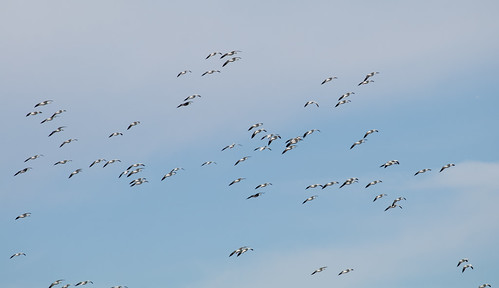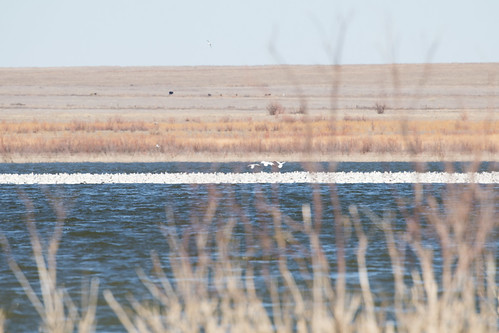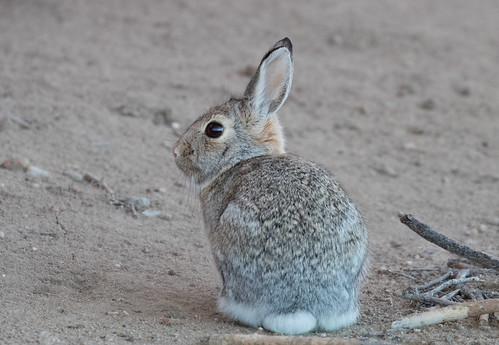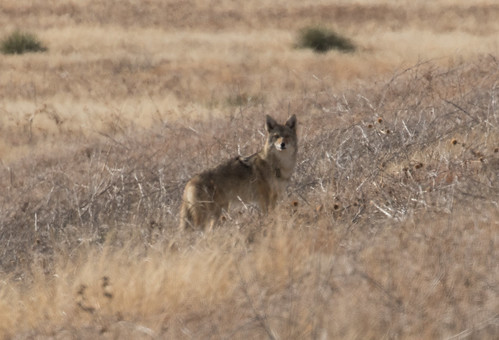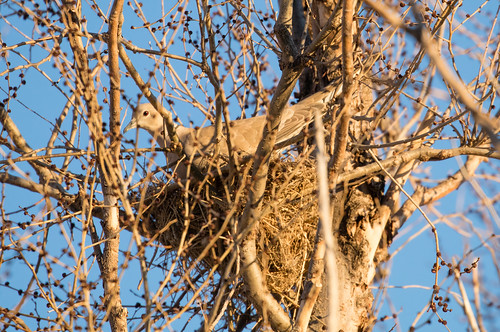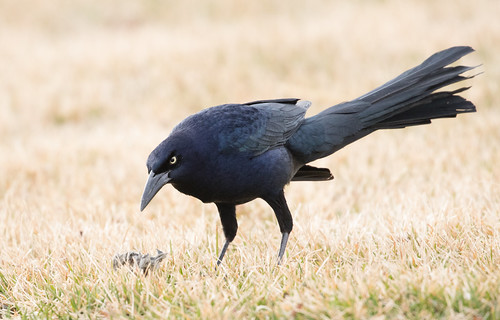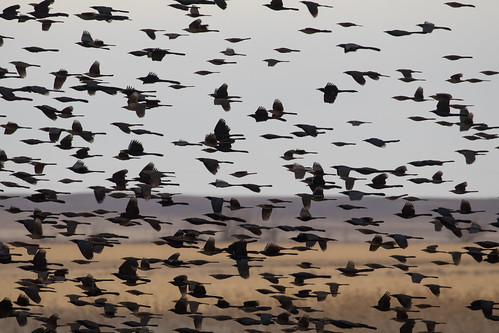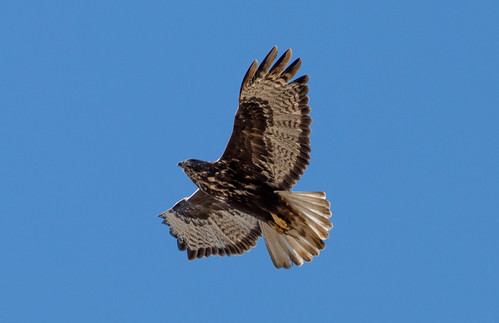I spent this past weekend in southeastern Colorado in and near a tiny town called Lamar, at the 15th annual
High Plains Snow Goose Festival. This festival celebrates the huge Snow Goose migration through what can be bone-dry short-grass prairie. The ponds scattered here and there are waterfowl magnets, and the lesser Snow Geese are considered to be the most abundant geese in the world. In recent decades their population has been exploding, and they currently have a breeding population approaching 6 million. A sizable chunk of them migrate right through southeastern Colorado.
The Snow Goose festival has been set for mid-February since it began. Intriguingly, even as the number of geese has risen, the timing of their migration has been changing. We saw tens of thousands of geese from a distance, but one wildlife manager told us he’d had a gigantic flock flying en masse from his pond just the week before.
Of course, Snow Geese are far from the only reason to visit southeastern Colorado in February. The
festival’s web page banner says the festival is “Celebrating Birding and the Heritage of Southeast Colorado.” Sure enough, on field trips the people from the area pointed out a lot of fascinating local features, such as the nearby
Sand Creek Massacre National Historical Site. All the local people I met were proud of their lovely town and the historical and wildlife treasures of the area. I stayed at a lovely B&B—cozy and comfortable, with wonderful food—called the
Third Street Nest Bed and Breakfast.
 |
| Third Street Nest B&B |
Lamar is within the range of one of my Top Ten favorite birds, the Lesser Prairie-Chicken. Indeed, Lamar is the very town I went to in 2013 to get them on my Big Year list.
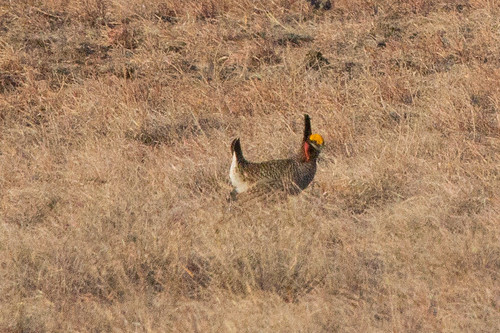 |
| Lesser Prairie-Chicken from Lamar, 2013 |
Right now, the Lesser Prairie-Chicken population is so low due to the extended drought that birds are essentially impossible to find when they’re not on breeding display leks in spring, and even display leks have declined dramatically in both number and size. Sure enough, we didn’t see any prairie-chickens at the Snow Goose festival—I’ll have to go back in April next year to see them there again, assuming Colorado still has any at all. This is one of the few species endemic to the United States, so we have an important mandate to do what we can to protect them when their entire population is in a tailspin.
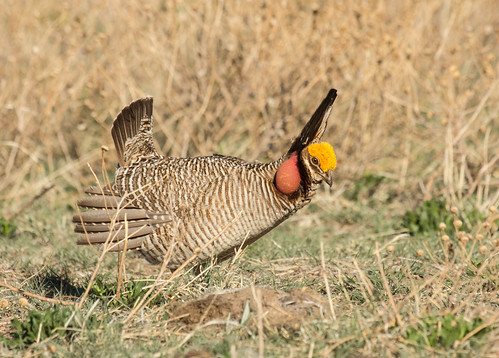 |
| Lesser Prairie-Chicken, Texas 2014 |
I was along on two trips to a splendid little park right in town—Willow Creek Nature Trail, on the grounds of the Lamar Community College. Robins and Cedar Waxwings gathered in the trees in huge numbers, feeding and chattering, and the robins broke into an occasional early song as well. The area around the park is known for being one of the best spots in Colorado to see eastern species, and sure enough, Blue Jays, Carolina Wrens, and Northern Cardinals were both seen and heard. I also saw and heard my only Lesser Goldfinch of the trip among the more abundant American Goldfinches.
In the open country around Lamar, the birding was equally splendid. Sunday was the first time in my 42 years of birding that I have ever seen both a Loggerhead and Northern Shrike in the same day, much less in the exact same area. That was a thrill for me, even if the birds were too far away for good photos.
As usual in open country in winter, there were a bazillion Horned Larks, and as usual, not one of them cooperated for a close-up photo.
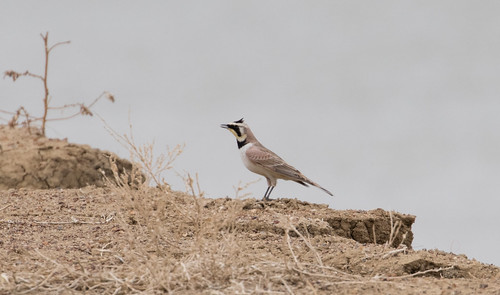 |
| Well, not too uncooperative |
We had a wonderful assortment of waterfowl—15 species of ducks and geese—and the raptors were spectacular: both Bald and Golden Eagles; Northern Harriers; Cooper’s, Rough-legged, and Ferruginous Hawks; and Red-tails everywhere, many in interesting plumages. In addition to the bazillions of American Kestrels, we had a Prairie Falcon flying along right next to the bus. And we had several Great Horned Owls along with one Short-eared Owl. We also had an odd piece of bark dangling in some branches that looked exactly like a Long-eared Owl.
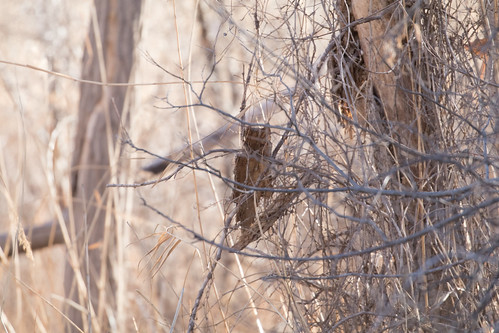 |
| Long-eared Owl? |
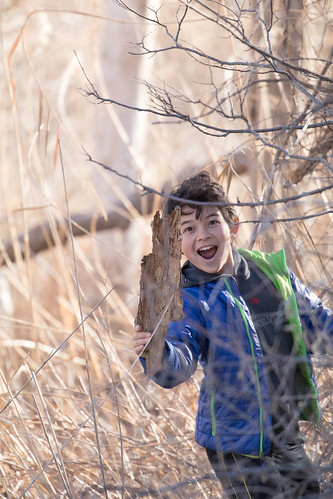 |
| Nah--just bark. |
Mammals were few and far between, but we did see several Eastern Fox Squirrels, a few Eastern Cottontails, and a couple of coyotes.
I was shocked at how many Eurasian Collared-Doves there were—everywhere we went, they were prominent, including one on a nest already.
On the last day, we came upon the biggest flock of Great-tailed Grackles I’ve ever seen—that was spectacular.
And there were plenty of other wonderful things about birding in this part of the country. I ended the weekend with a total of 67 species. My absolute favorites were the abundant Western Meadowlarks, in full song. Saturday was utterly windless, and even with my aging ears I could easily pick out as many as 7 individuals singing at once. The reason the Western Meadowlark is the state bird of six states while the Eastern Meadowlark is the state bird of zero is quite simple—that magnificent song. My only regret of the weekend was not bringing my good microphone and recorder to capture it. That is yet one more reason to return.
That’s one of the miracles of birding. Every place a birder goes, she finds unique and special features of the local avifauna that give that place a wonderful particularity that is a joy to discover, and a joy to come back to. Every corner of the world is a friendlier, more welcoming place when you’re a watcher of birds.
